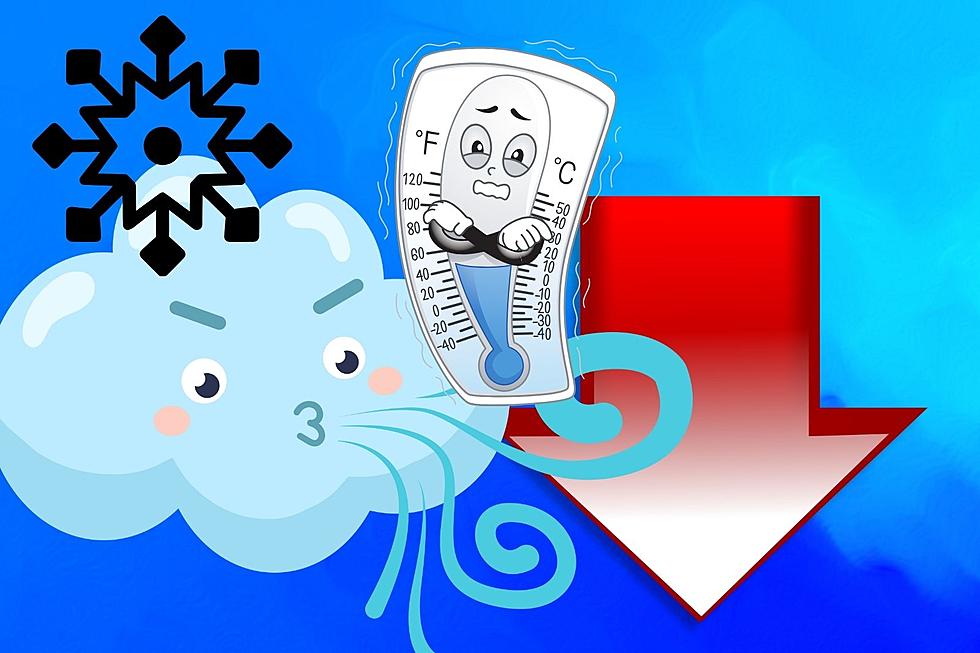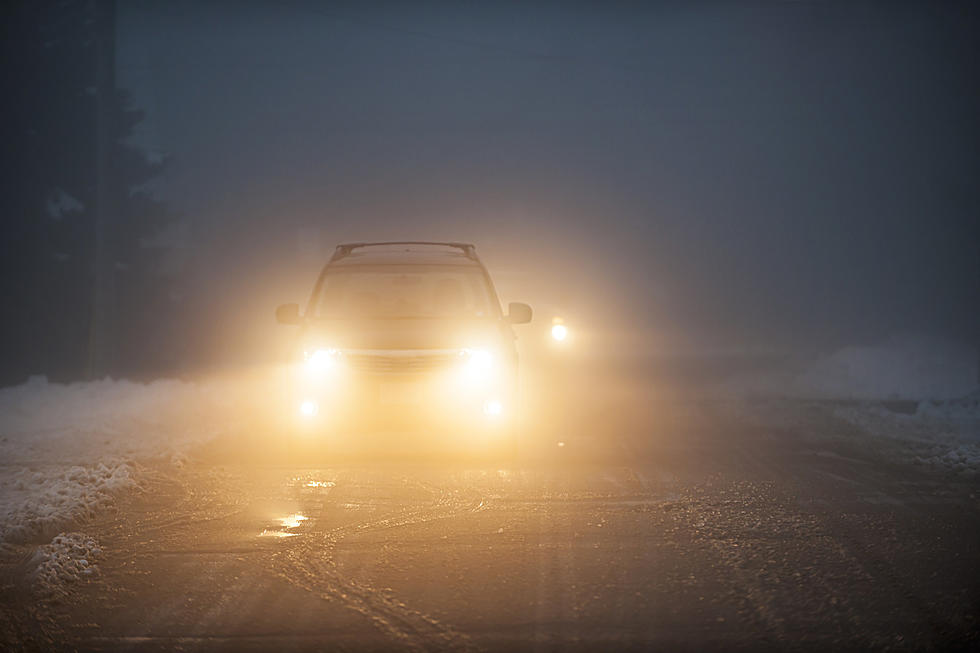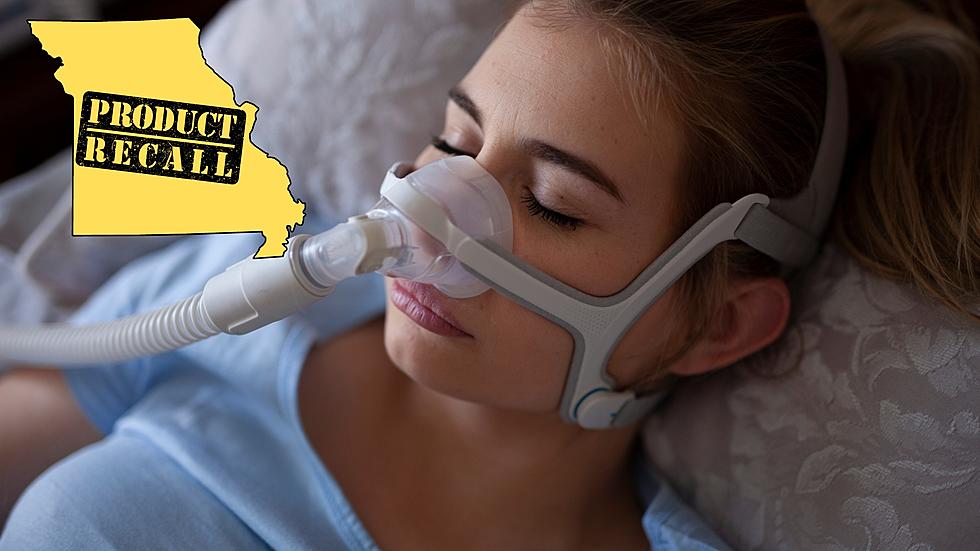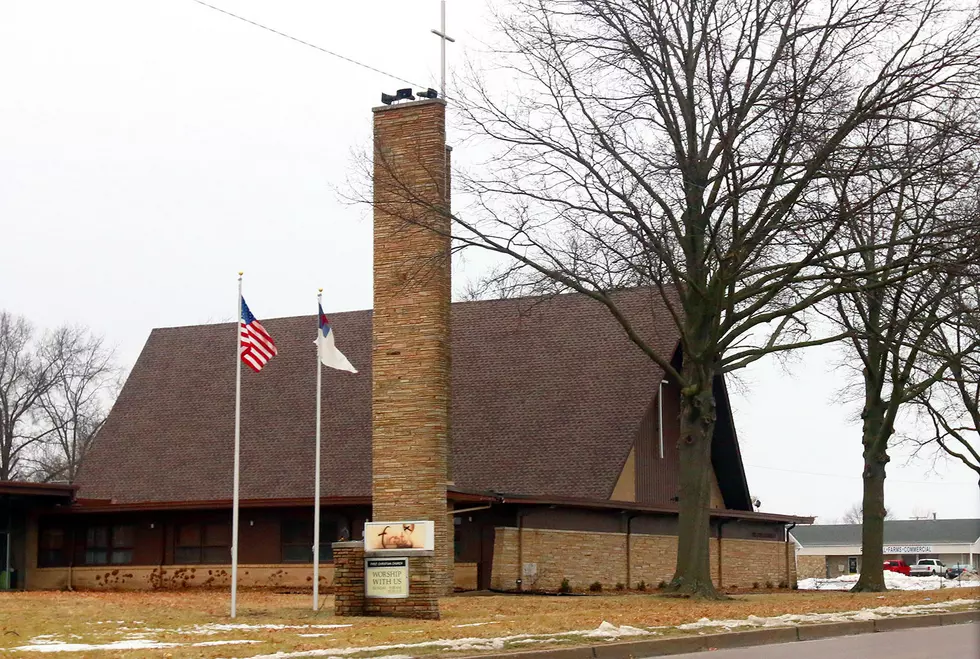
Keep The Kids Safe – Know The Difference Between Frostnip And Frostbite
Well, it's been a heck of a week for snow, hasn't it. I know a lot of you have had kids out of school for days, and I'm sure they have been loving running around in the snow.
And yeah, I know a lot of us did it, too. We ran outside all the time, backwards both ways, up a hill through two feet of snow on the regular. A lot of us played and played til the streetlamps came on and we couldn't feel our feet anymore.
Sure, that's fun. BUT, it's not always safe. I mean, as the years go on we keep finding better and better ways to take care of our kids so they can learn from the stupid stuff we did, right? Right.
That definitely applies when it comes to playing out in the snow. I'm sure you bundle the kids up in layers, but... you know how kids are. You know how you were at that age. You went out in your full bundle, but you rarely came back with all of it. You lost gloves or hats or scarves or whatever, and you came in way after you should have.
So, here are a few things to help you help them so you don't have to interrupt their fun with a trip to the doc/emergency room/urgent care clinic. There is actually a pretty harmless stage of frostbite before it gets serious called Frostnip. According to the Mayo Clinic, here's what it is:
Frostnip is a mild form of frostbite. Continued cold exposure leads to numbness in the affected area. As your skin warms, you may feel pain and tingling. Frostnip doesn't cause permanent skin damage.
What you probably see in your kids after a couple hours out in the snow is frostnip. Their ears get red, their fingers get numb. They warm up a bit, they feel some tingling, it's fine. However, if you start to see what's called "mottling" (which looks like dark veins or spots on their skin), or if they burning, blistering, or swelling, that's more serious. That's superficial frostbite - and if it's left untreated it can get nasty. Anything that progresses past that is, again, according to the Mayo Clinic, real frostbite:
- Skin that looks red, white, bluish-white, grayish-yellow, purplish, brown or ashen, depending on the severity of the condition and usual skin color
- Hard or waxy-looking skin
- Clumsiness due to joint and muscle stiffness
- Blistering after rewarming, in severe cases
So parents, be on the lookout. You can prevent some bad stuff going down pretty easily with just a watchful eye. Heck, you might even want to tell the older kids about some of these signs - not to scare them, but to let them tell themselves when it's probably a good idea to come inside and get warm.
What are some things you do to keep the kids warm when they're playing out in the snow? What are some of your best "get em warm quick" methods?
Snowingly yours,
Behka
KEEP READING: Check out these totally awesome '80s toys
More From KIX 105.7










